The INTEGER (KIND=2) and LOGICAL (KIND=2) types are not necessarily supported by every GNU Fortran implementation This corresponds to types that occupy as much storage as the default CHARACTER type, which is the same effective type as CHARACTER (KIND=1) (making that type effectively the same as CHARACTER (KIND=3) )Fortran 90 has the generic conversion functions INT (x,kind), REAL (x,kind) with the kind arguments being optional If kind is ommitted, conversion is done to default kind Arguments x may be of any numerical type and kind and may be scalars or arrays Latter ones are converted to arrays shaped like xFortran 77 has only one type for integer variables Integers are usually stored as 32 bits (4 bytes) variables Therefore, all integer variables should take on values in the range m,m where m is approximately 2*10^9 Fortran 77 has two different types for floating point variables, called real and double precision

5 Real Data Type Supported By The Fortran Compiler Download Table
Fortran type dimension
Fortran type dimension- The opaque type is a type which is a collection of objects of a known size (And each object is the same size) Nothing is known to netCDF about the contents of these blobs of data, except their size in bytes, and the name of the type To use an opaque type, first define it with Creating Opaque Types NF90_DEF_OPAQUEZThere are four types of operators in Fortran 90There are four types of operators in Fortran 90 arithmetic, relational, logical and character zThefollowingshowsthefirstthreetypesThe following shows the first three types Type Operator Associativity Arithmetic ** right to left * / left to right lefttorightleft to right



Computer
Intel® Fortran Compiler Classic and Intel® Fortran Compiler (Beta) Developer Guide and Reference Introduction, Conventions, and Further Information Feature RequirementsA derived type, or structure, is a collection of named components (variables, arrays, other types), similar to a "record" in Pascal or a "structure" in C A structure can be referred to as a whole, and its components can also be referenced, using the % sign (rather than the dot of other languages)This contains is used to list the subroutines/functions attached to this data type PROCEDURE read => read_pgm !
Support for record structures in GNU Fortran can be enabled with the fdecstructure compile flag If you have a choice, you should instead use Fortran 90's "derived types", which have a different syntax In many cases, record structures can easily be converted to derived types To convert, replace STRUCTURE /structurename/ by TYPE typeNeeds to have an "official" name (read) and an alias (read_pgm) PROCEDURE free => free_pgm END TYPE pgmImage CONTAINS SUBROUTINE read_pgm(filename,img) IMPLICIT NONE character(LENDefining your own types in F90 A user defined type is defined in Fortran 90 as follows TYPE TypeName type1 ,attr A user defined type is defined in Fortran 90 as follows TYPE TypeName type1 ,attr element1;
A type declaration statement specifies the type, length, and attributes of objects and functions You can assign initial values to objects A declaration type specification (declaration_type_spec) is used in a nonexecutable statement In Fortran 95, a pointer can be initializedReal Type It stores the floating point numbers, such as , , , etc Traditionally there are two different real types, the default real type and double precision type However, Fortran 90/95 provides more control over the precision of real and integer data types through the kind specifier, which we will study in the chapter onLikewise, if you insert the statement A = sqrt (5), Fortran will truncate sqrt (5) = and deduce that A = 2 But errors such as these are easily avoided if you are careful to make correct type declaration statements for all variables at the beginning of
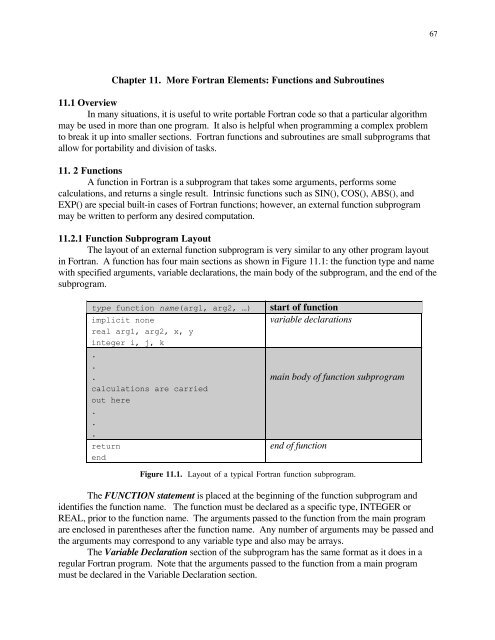



Chapter 11 More Fortran Elements Functions And Subroutines 11 1




0 Vintage Unused Fortran Computer Punch Cards Generic Ibm Type
Fortran Derived Types MPI supports passing Fortran entities of BIND and SEQUENCE derived types to choice dummy arguments, provided no type component has the ALLOCATABLE or POINTER attribute The following code fragment shows some possible ways to send scalars or arrays of interoperable derived type in FortranLanguage and the FORTRAN IV translator or compiler The FORTRAN IV language is composed of mathematical form statements constructed in accordance with precisely formulated rules FORTRAN IV programs consist of meaningful sequences of FORTRAN statements intended to direct the computer to perform the specified operations and computationsDouble precision floating point number INTEGER integer LOGICAL boolean (true or false) REAL single precision floating point number Numerical data in FORTRAN 77 can be represented in one of four types An INTEGERis any signed number that has no fractional partand no decimal point




Fortran Wikipedia




Fortran 90 User Defined Types
extended typeis Fortranspeak for a type which extends another type, essentially one which specialisesor inherits fromanother type The restricted circumstances within which classis used are in procedure dummyargument lists and in declarations of entities with the attribute allocatableor the attribute pointerThe fftw_iodim64 type in the 64bit guru interface (see 64bit Guru Interface) is the same, except that its components are of type integer(C_INTPTR_T) Using the wisdom import/export functions from Fortran is a bit tricky, and is discussed in Accessing the wisdom API from FortranProgramming in Modern Fortran Namelists Namelists are an I/O feature for formatfree input and output of variables by keyvalue assignments that were first introduced by some FORTRAN 77 compilers, but then became a Fortran 90 standard later




Fortran C Binding




Chapter 4 Data Types
It is always safe to assign a value to a variable of equal or higher capable type Eg, assigning INTEGER(2) to INTEGER(8) is safe Eg, assigning INTEGER(8) to REAL(4) is safe When you assign a value to a variable of a less capable type, there is the potential for information to be lost or can cause the program to abort due to overflowThe BYTE data type provides a data type that uses only one byte of storage It is a logical data type, and has the synonym, LOGICAL*1 A variable of type BYTE can hold any of the following One character An integer between 128 and 127 The logical values, TRUE or FALSEA Fortran constructor may be a static or an instance constructor It is defined using an INITIAL statement which declares a constructor name, and appears below the CONTAINS statement in a type definition statement Static and Instance Constructors If the NOPASS attribute is specified, the constructor is static, and is invoked before any




Chapter 2 Basic Elements Of Fortran 2 4




5 Reasons Why Fortran Is Still Used
Datatype called LOGICAL This was a Boolean datatype withtwo states true or false At the end of the seventies Fortran 77 was introduced This version contained better loop and test structures In 1992 Fortran 90 was formally introduced as an ANSI/ISO standard This version of Fortran has made the language into a modern programming languageFortran 77 has only one type for integer variables Integers are usually stored as 32 bits (4 bytes) variables Therefore, all integer variables should take on values in the range m,m where m is approximately 2*10^9 Fortran 77 has two different types for floating point variables, called real and double precisionType2 ,attr After defining the type
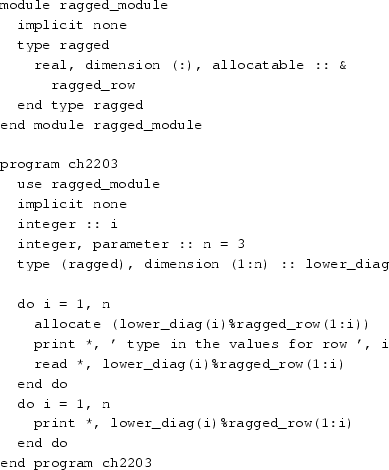



Data Structuring In Fortran Springerlink




Fortran 95 And Fortran 03 Tips And Techniques
FORTRAN TYPE CONVERSION Peter Smart home computing index Conversion to and from Character Conversion to Integer Conversion to Nearest Integer Conversion to Real Conversion to Nearest Real Truncation of Real Conversion to DoubleFortran Best Practices¶ This page collects a modern canonical way of doing things in Fortran It is meant to be short, and it is assumed that you already know how to program in other languages (like Python, C/C, ) and also know Fortran syntax a bitREAL the variables in list can hold real numbers




Chapter 4 Data Types




Fortran Wikipedia
Fortran 90 Derived Data Types The Fortran 90 derived data type is similar to C structures and also has some similarities with C classes The syntax for declaring a derived type, is type mytype integer i real*8 a(3) end type mytype To create a variable of type mytype, use type (mytype) var An array of mytype can also be createdFortran 90 has no concept of unsigned integers, nor 1 byte or 2 byte integers It has a single, signed integer type, typically of 4 or 8 bytes (Fortran 03 adds new types for C interoperability) Arrays Arrays can have up to 7 dimensions, specified within ( ) parenthesisLearn Fortran Type Procedures Example In order to obtain classlike behavior, type and related procedures (subroutine and functions) shall be placed in a module




Pdf Should C Replace Fortran As The Language Of Scientific Programming Semantic Scholar
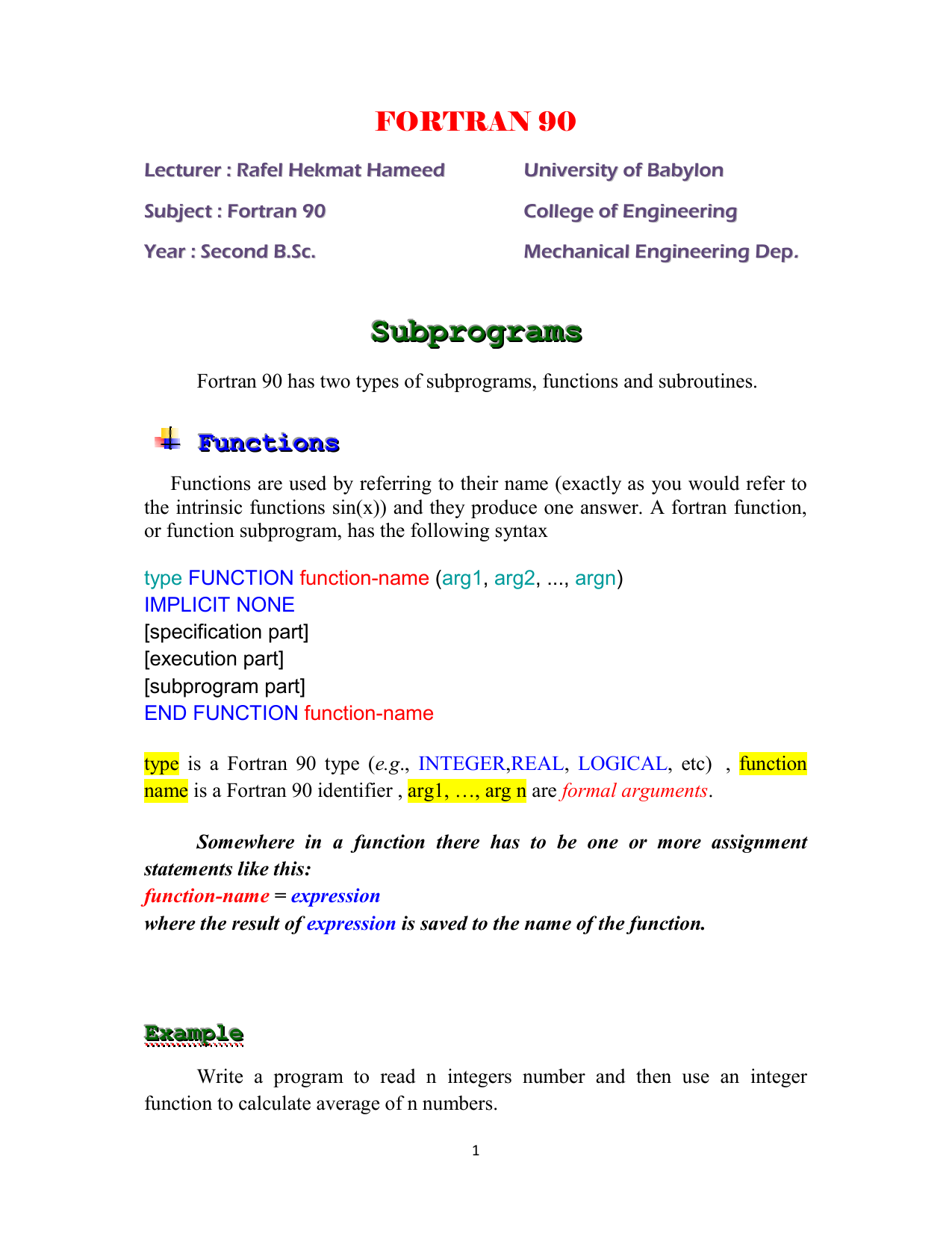



Fortran 90
A derived type is extensible if it has neither the bind attribute nor the sequence attribute Such a type may be extended by another type A polymorphic variable with declared type base_type is type compatible with type higher_type and may have that as dynamic type Type compatability descends through a chain of children, but a type may extendIt is Fortran 95 and not Fortran 90 CONTAINS !Fortran Variable Declarations Declaring the type of a Fortran variable is done with type statementsIt has the following form typespecifier list where the typespecifier is one of the following and list is a list of variable names separated with commas INTEGER the variables in list can hold integers;




Datetime In Fortran



Performance Comparison Of Data Structure Implementations In Fortran 90
At one time or another most heavy Fortran users have needed this type of capability to efficiently manipulate complex data, and equivalents to the C pointer have been provided on most machines as extensions to Fortran 77 When the Fortran 90 standard was being established, there was a request for this featureThis chapter describes the data types and data structures in Sun FORTRAN 77 "Types", "Constants", "Variables", "Arrays ", "Substrings", "Structures", and "Pointers " Nonstandard features are tagged with a small black diamond (@) Types Except for specifically typeless constants, any constant, constant expression, variable, array, array element, substring, orFortran has five intrinsic data types INTEGER, REAL, COMPLEX, LOGICAL and CHARACTER Each of those types can be additionally characterized by a kind Kind, basically, defines internal representation of the type for the three numeric types, it defines the precision and range, and for the other two, the specifics of storage representation




Fortran Derived Data Types




Lecture 14 Transition From Fortran To C Ii
Simple string data type, defining the effective length of the string in one component and the string's In order to use an object of a deriveddata type we must first define the form of the type For a very 2 Derived—dczta types 2 Features for ADTs Fortran revision, due in the year 00 type has no components The message complains that the type is empty, but Fortran allows this Workarounds Make the variable polymorphic (class(foo) instead of type(foo)) However, this causes a problem if you use a structure constructor with "source=" Example "allocate(bar, source=foo())" Add a meaningless, unused component to the typeFortran 90/95 Programming Manual Real Type For real numbers (such as 314, , 10 etc) A processor must provide two different real types The default real type and a type of higher precision, with the name double precision Also this is a legacy of FORTRAN 77 Fortran



Send Buffer And Message Data




Message Data
As discussed previously in Variables, there are five builtin data types in FortranA derived type is a special form of data type that can encapsulate other builtin types as well as other derived types It could be considered equivalent to struct in the C and C programming languages A quick take on derived types Here's an example of a basic derived typeFor each data type and corresponding constant there are what are called declaration statements, which are used to define the type of data to be associated with a chosen FORTRAN variable Thus INTEGER K, PTR REAL SUM, COST, VALUE CHARACTER (LEN=) NAME, ADDRSS LOGICAL SINGLE



Fortran 90 User Defined Types Totalview User Guide V6 3



File Type Fortran Free Icon Of Vscode




Unclassifiable Statement In Fortran Using Matrix Stack Overflow




Fortran Programming Tutorials Revised 033 Recursive And Multi Function Calls Youtube




Undergraduate Research Experience Day 3 Morning Fortran 90 95 Programming Youtube



Punch Card




Names Binding Type Checking And Scopes
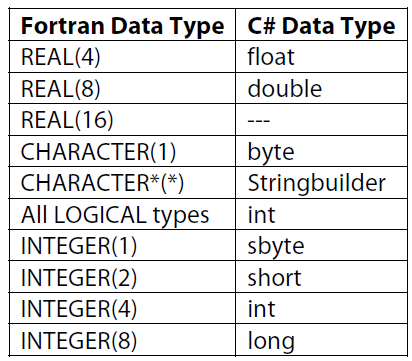



Accessing Fortran Legacy Dll In C Code Masala Ranjeet Sharma
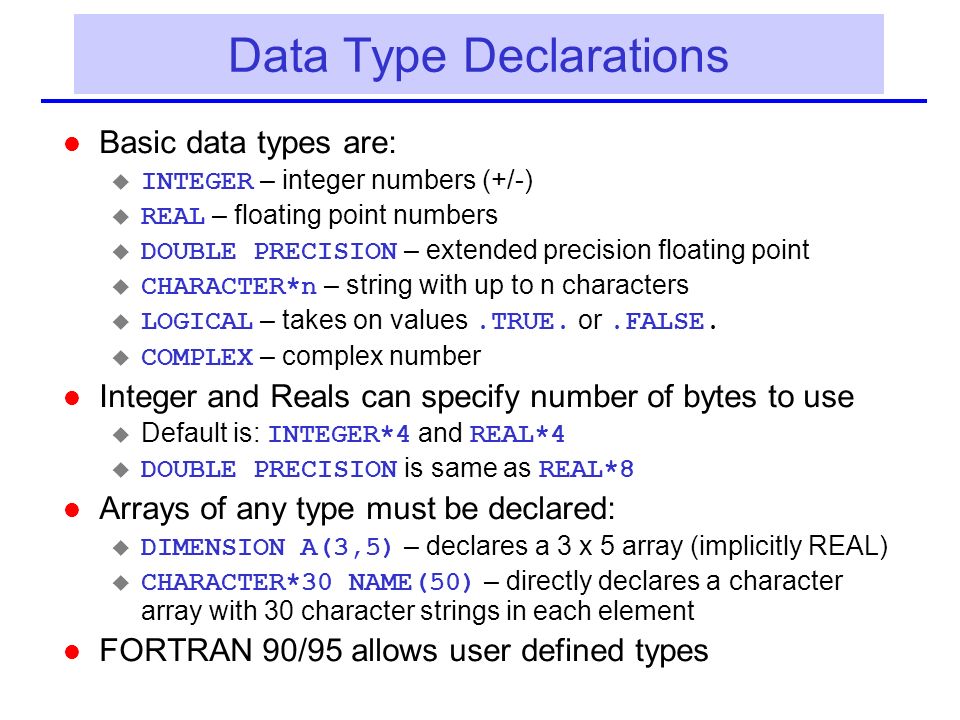



Introduction To Fortran Ppt Video Online Download




Solved Visual Studio Debugger Uses C Not Fortran In Locals Window With Oneapi Intel Community
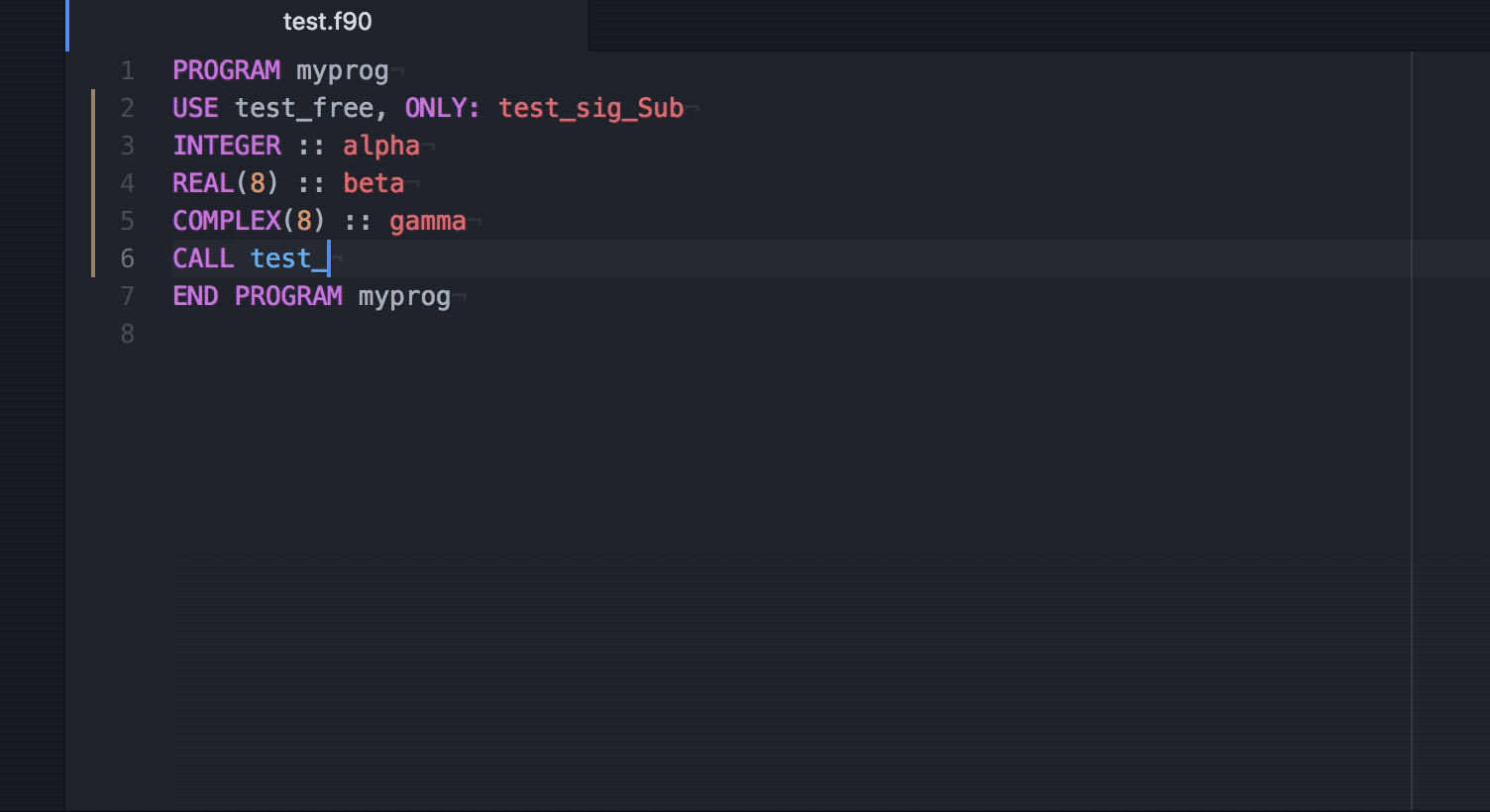



Ide Fortran



Computer




Modern Fortran Explained Incorporating Fortran 18 Numerical Mathematics And Scientific Computation Amazon Co Uk Metcalf Michael Books




Table I From K Scope A Java Based Fortran Source Code Analyzer With Graphical User Interface For Performance Improvement Semantic Scholar
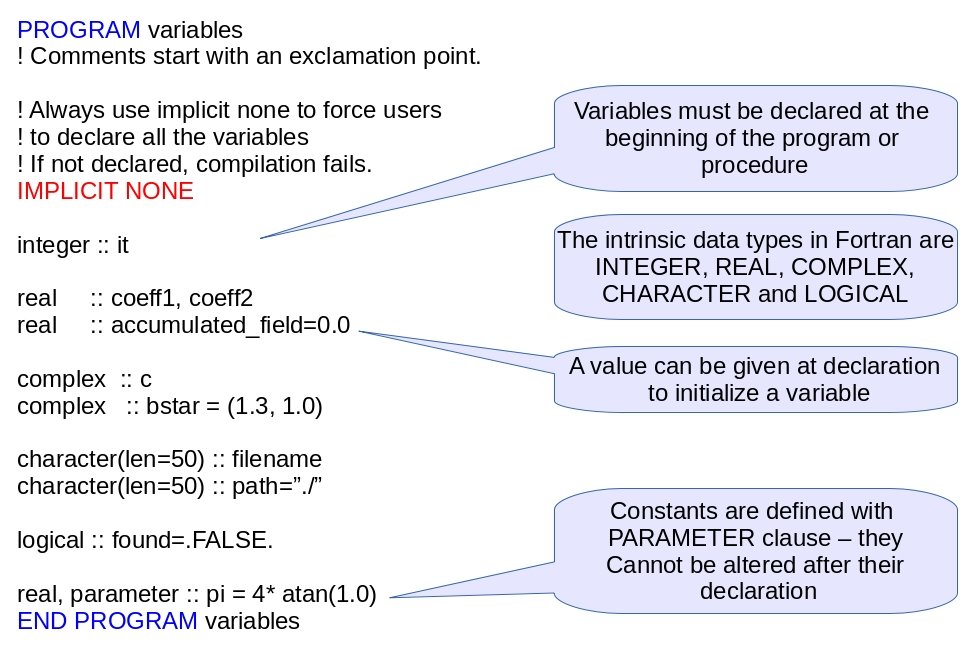



Getting Started With Fortran




Getting Module To Call Array In Fortran Fortran




Fortran Loops



Lahey Lf Pro 7 9




Why No Runtime Error When Clearly Writing Over Array Bounds Stack Overflow



Type Mpi Character



2




Confluence Mobile Ecmwf Confluence Wiki




Getting Started With Object Oriented Fortran Youtube




Fortran 90




Vintage Fortran Unused 1970 S Computer Ibm Type Original Punch Cards X 8 Rare Ebay



In What Type Of Work Is The Fortran Programming Language Most Used Today Quora



1




Fortran Programming Tutorials Revised 003 Implicit None Simple Data Types Youtube



Constants Variables And Arrays



Data Types
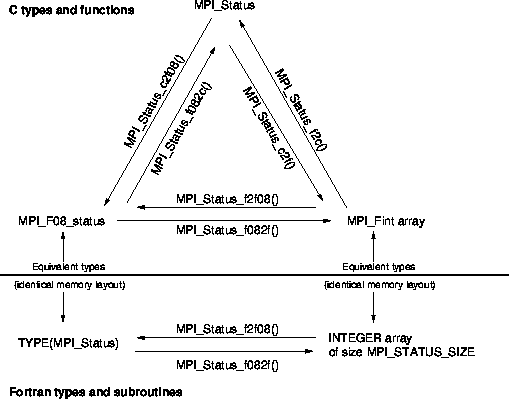



Status




8 0 Type Declaration In Fortran Implicit Explicit Youtube




Fortran Arithmetic Error Stack Overflow




Basic Fortran Datatypes In Mpi Mpi Datatype Fortran Datatype Download Table




A Browser Based Tool For Conversion Between Fortran Namelist And Xml Html Sciencedirect




Cross Referencing Between Basic Data Types In Fortran And C Th Th Download Table
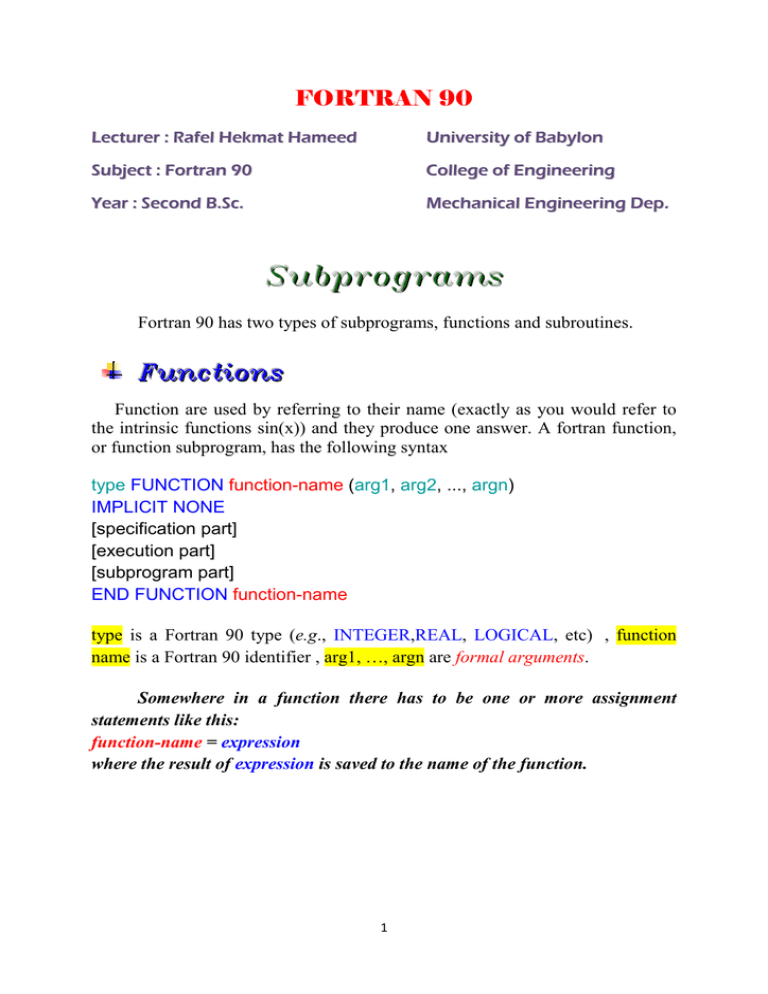



Fortran 90




Modern Fortran Explained In Fortran Wiki




5 Real Data Type Supported By The Fortran Compiler Download Table




Fortran Basics Pointer Computer Programming Parameter Computer Programming
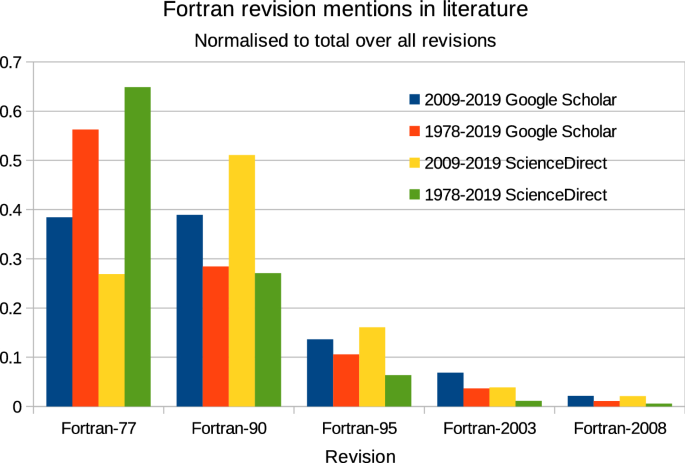



Making Legacy Fortran Code Type Safe Through Automated Program Transformation Springerlink




Getting Real With Fortran Qmul Its Research Blog
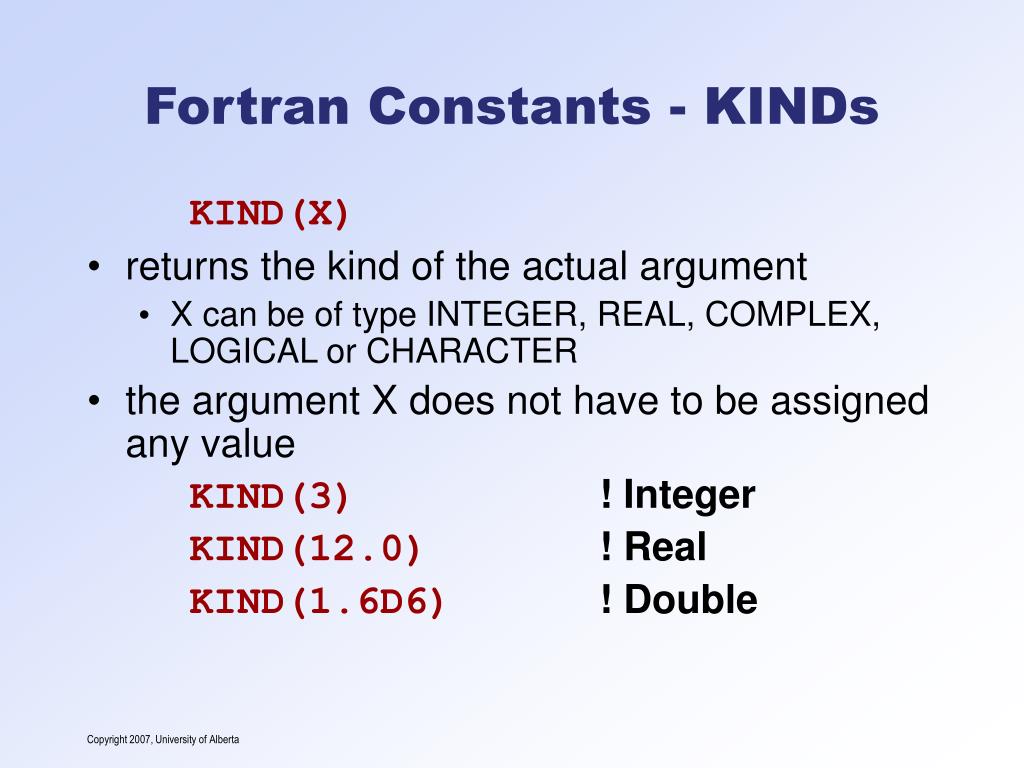



Ppt Introduction To Fortran Powerpoint Presentation Free Download Id




Fortran 95 Code Defining Type Quad Download Table
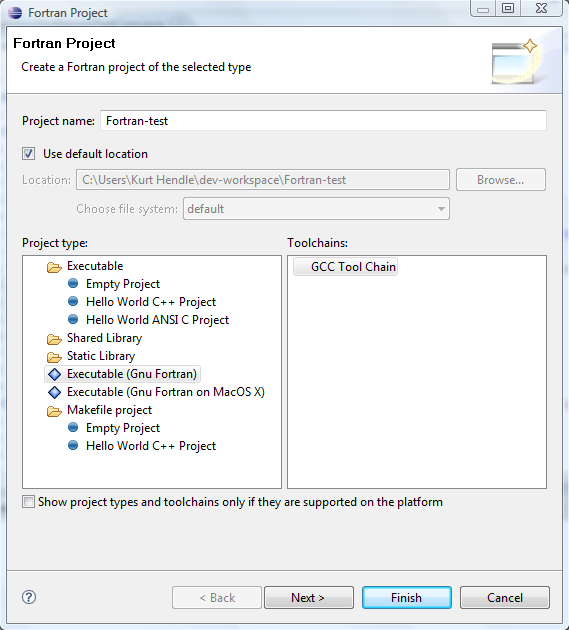



Ptp Photran Documentation Photran5 Eclipsepedia




How To Program In Fortran With Pictures Wikihow




Fortran 90 Deferred Shape Array Types



Can I See Some Fortran Code Quora



Fortran 90 Pointer Type
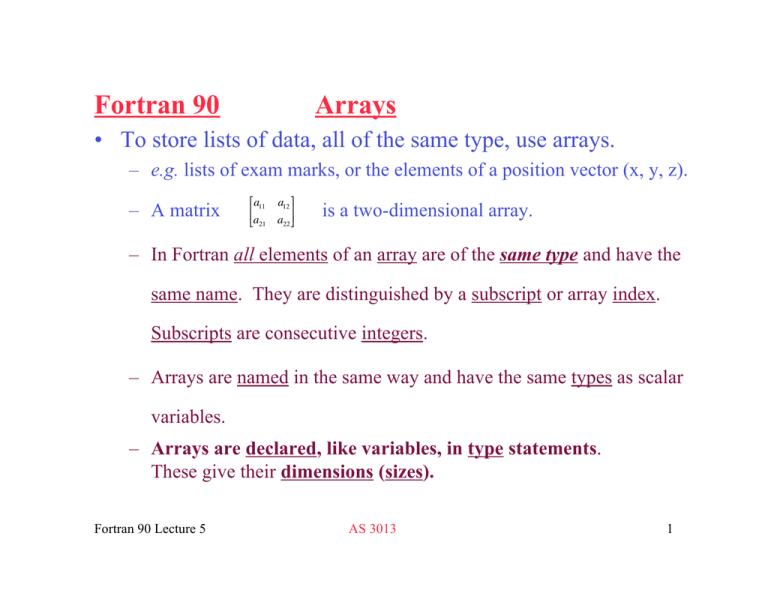



Fortran 90 Arrays
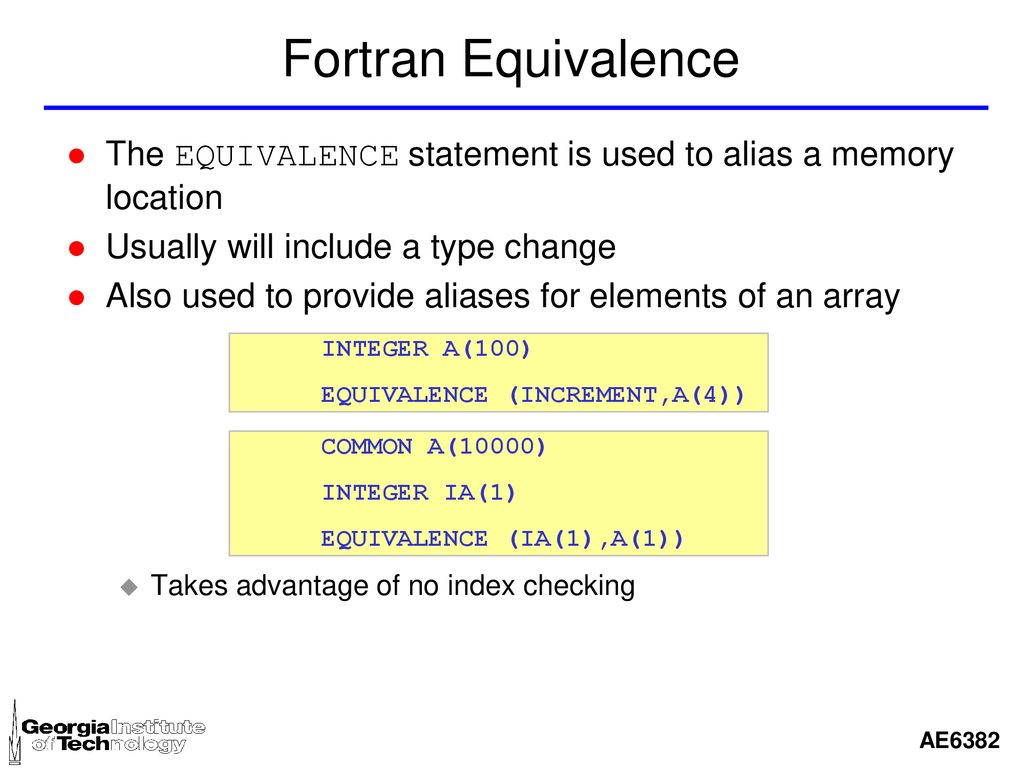



History Of Computing Fortran Ppt Download




Fortran Formula Tranlastion
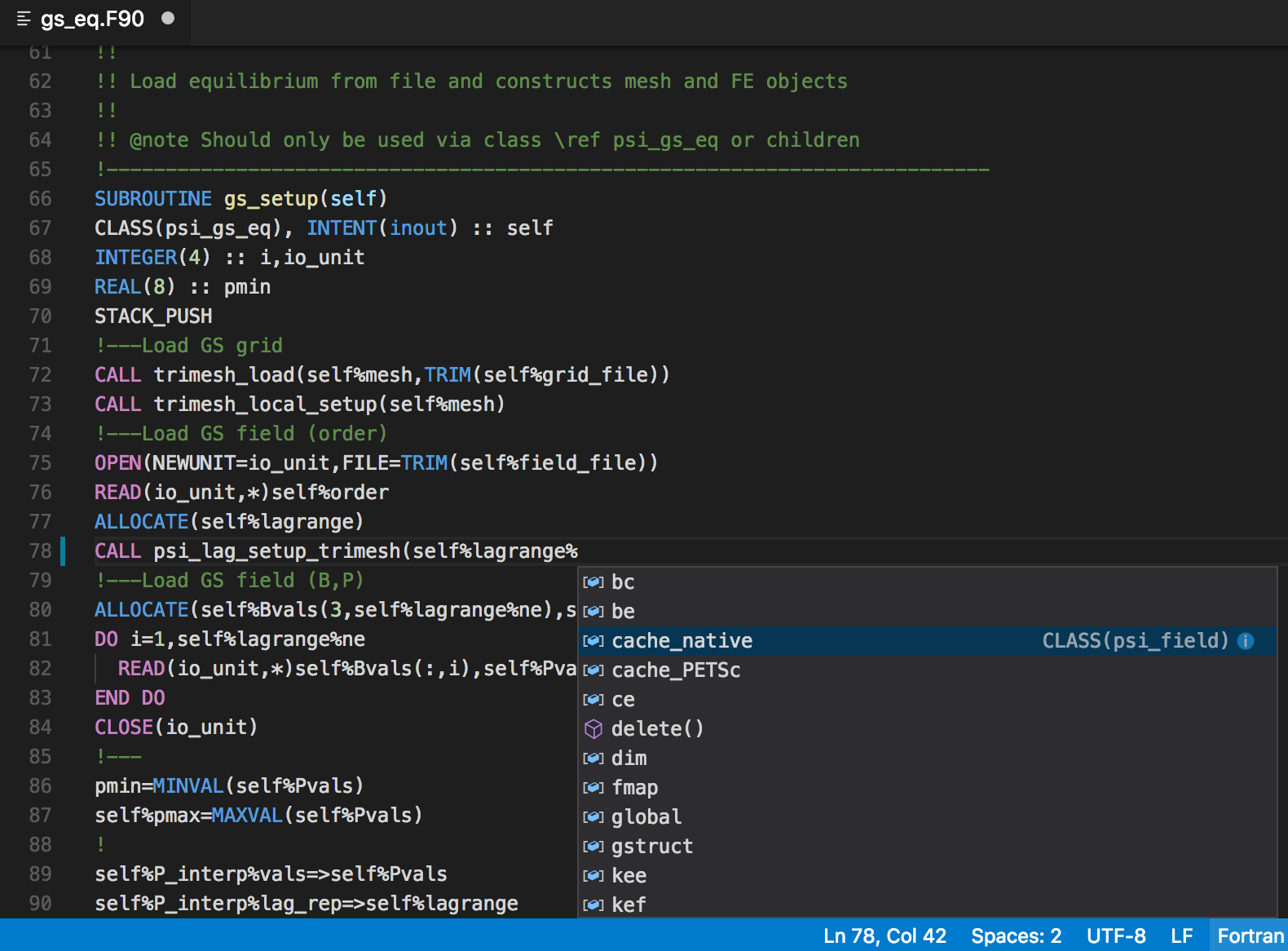



Fortran Intellisense Visual Studio Marketplace



Windows Fortran Compiler Suite Absoft




Shows A Fortran 90 Program That Defines A New Type Called Node The Download Scientific Diagram




Fortran Wikipedia
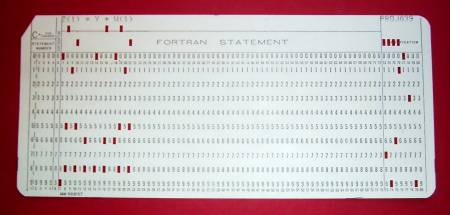



Github Stanislavradkov Fortran Cheat Sheet Fortran Cheat Sheet



Fortran 90 Pointer Types Totalview User Guide V6 3




Example Of Fortran Code And Device Variable Point Wise Expression Download Scientific Diagram




Lahey Lg Fortran




Getting Started With Fortran




Modernizing Modularizing Fortran Codes With 03 Standards




Fortran Programming Language Getting Started With The Fortran




8 0 Type Declaration In Fortran Implicit Explicit Youtube




C Fortran Binding



Simply Fortran From Approximatrix




Modernizing Modularizing Fortran Codes With 03 Standards



Fortran Iv Reference Page



2




Introduction To Fortran Ppt Video Online Download




Fortran 95 Type And Array And Declaration For Cut Cell Data Download Table




Essence Of Fortran Multi Dimensional Array Emulation In C We Note Download Scientific Diagram




Fortran 95 Code Defining Type Quad Download Table




Data Structuring In Fortran Springerlink




Hpc Grid Tutorial How To Compile With Fortran Articles C It Knowledge Base Wayne State University




How To Program In Fortran With Pictures Wikihow



1
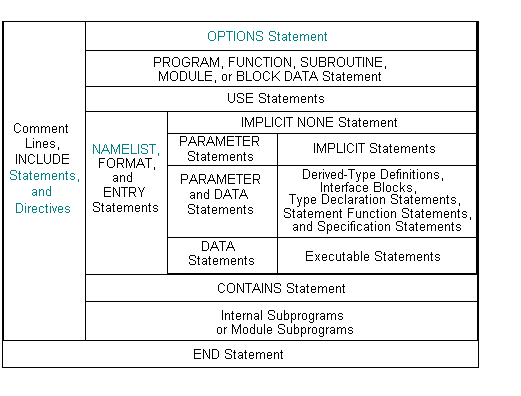



Statements




Advanced Fortran Programming 021 Derived Data Types Youtube



Linux Fortran Compiler Suite Absoft



Tutorial Starting A New Object Oriented Fortran Project In Code Blocks The Delocalized Physicist




Basic Fortran Datatypes In Mpi Mpi Datatype Fortran Datatype Download Table




Fortran 90 Tutorial Part Ii Makefiles Youtube




Pdf Should C Replace Fortran As The Language Of Scientific Programming Semantic Scholar



0 件のコメント:
コメントを投稿